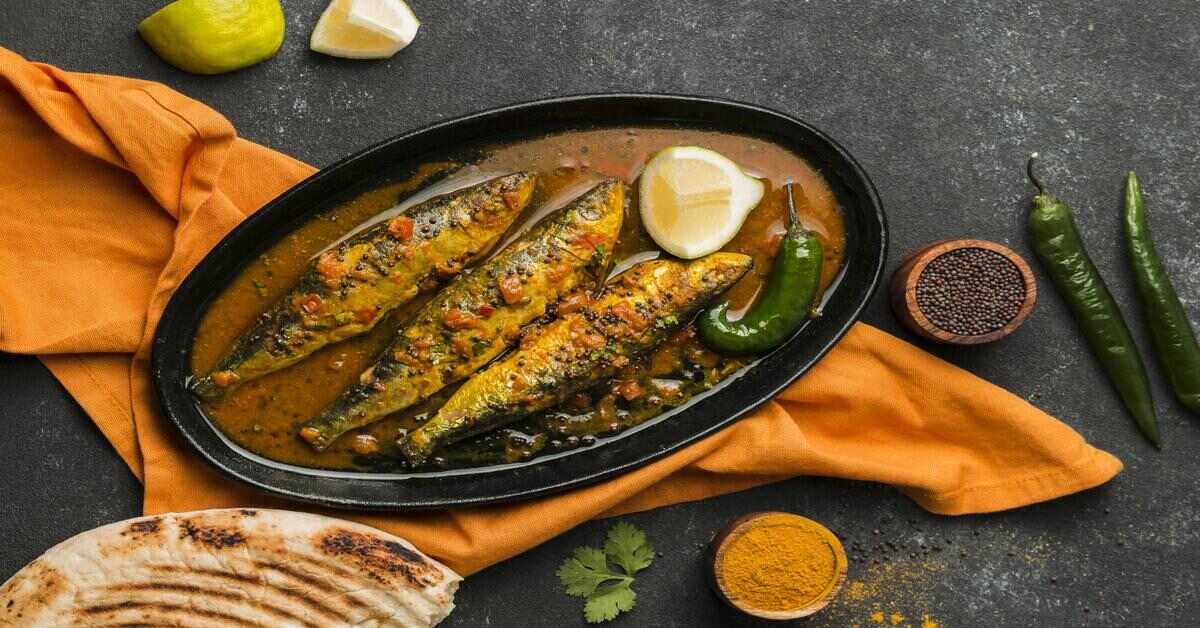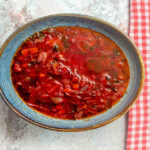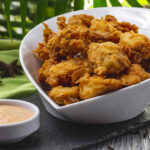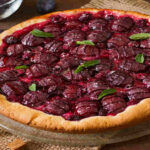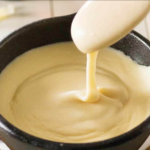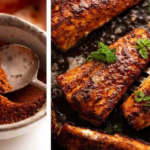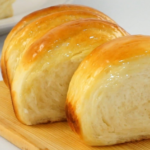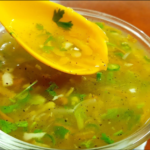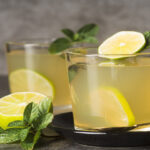Welcome to the ultimate guide to crafting your own homemade fish food Recipe. Whether you’re a seasoned aquarist or just starting out, creating nutritious, tailored fish food at home can make a huge difference in your fish’s health and vitality. With a few fresh ingredients and simple steps, you’ll be able to provide your aquatic friends with a balanced, high-quality diet that supports their growth, color, and well-being. Dive in to discover everything you need to know about making homemade fish food, from ingredients to expert tips and storage techniques!
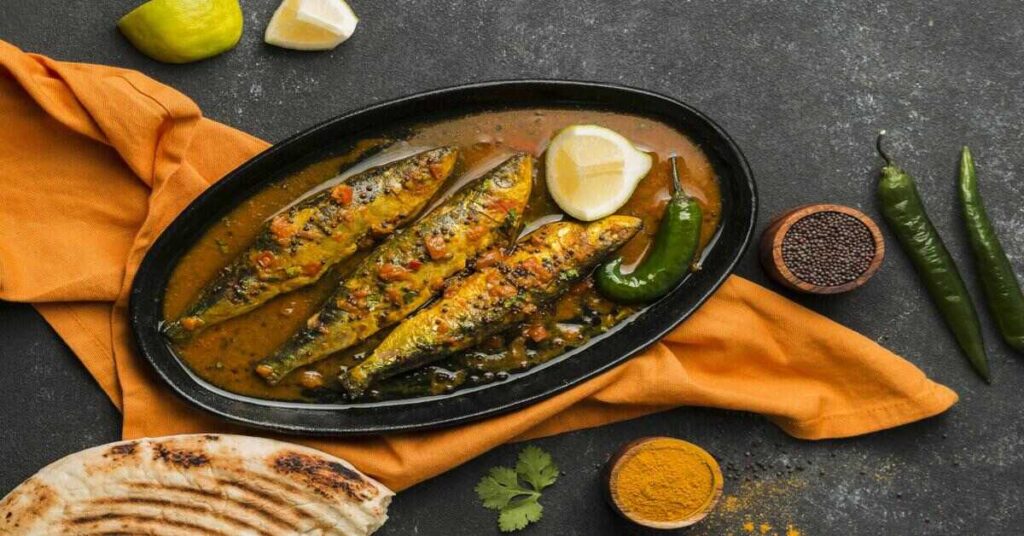
Recipe Summary
Creating homemade fish food can be an affordable and nutritious way to provide for your fish’s dietary needs. Unlike store-bought fish food that may contain fillers or additives, homemade fish food can be customized with high-quality, nutrient-rich ingredients. This recipe guide offers a practical and easy-to-make fish food blend that can enhance your fish’s color, health, and vitality.
What is a Fish Food Recipe?
Fish food Recipe is a blend of nutrients essential for the health and well-being of aquarium or pond fish. Commercially available options include flakes, pellets, and freeze-dried food, each tailored for different fish species and dietary needs. However, homemade fish food provides the flexibility to adjust ingredients based on the species, size, and age of the fish, ensuring they receive optimal nutrition without unnecessary additives.
Why Make Homemade Fish Food Recipe?
Homemade fish food recipe gives control over what your fish consume. Many commercial fish foods include artificial ingredients or fillers, which can be harmful over time. Making fish food at home also allows you to cater to your fish’s specific dietary needs, making it ideal for picky eaters or sensitive fish. Additionally, it’s cost-effective and environmentally friendly, as it reduces packaging waste.
Ingredients for Fish Food Recipe
- Protein Sources: Essential for growth and energy. Options include:
- 1 cup of fish fillets (salmon, tilapia, or tuna)
- 1/2 cup of shrimp or prawns
- 1/4 cup of worms (earthworms or mealworms, depending on fish size)
- Vegetables: Provide fiber, vitamins, and minerals.
- 1/2 cup of spinach or kale
- 1/4 cup of carrots (grated or finely chopped)
- 1/4 cup of peas (shelled and chopped)
- Carbohydrates: Source of energy and essential for proper digestion.
- 1/4 cup of cooked rice or oatmeal
- Additional Nutrients:
- 1 tbsp spirulina powder (boosts color and immune system)
- 1 tbsp gelatin powder (acts as a binder)
- 1 tsp of fish oil (for Omega-3 fatty acids)
Equipment Needed
- Blender or food processor
- Mixing bowl
- Measuring cups and spoons
- Baking sheet
- Parchment paper or silicone mat
- Freezer bags or airtight containers
How to Make Homemade Fish Food
- Prepare the Protein: Clean the fish fillets and shrimp, removing any bones or shells. Place them in the blender or food processor and pulse until finely minced.
- Add Vegetables and Carbohydrates: Add the chopped vegetables, cooked rice, or oatmeal to the blender. Blend until smooth.
- Incorporate Nutrients: Add the spirulina powder and fish oil to the mixture. Blend once more until all ingredients are well combined.
- Mix with Gelatin: In a bowl, dissolve the gelatin powder in warm water. Slowly add the blended fish mixture, stirring to create a thick paste.
- From the Food: Spread the mixture evenly on a baking sheet lined with parchment paper. Use a spatula to smooth it out into a thin layer.
- Freeze and Cut: Place the baking sheet in the freezer for a few hours until it hardens. Once frozen, cut into small squares, suitable for your fish’s size.
Serving Suggestions
Offer a small portion of this homemade fish food once or twice a day, based on the fish’s species and appetite. Avoid overfeeding, as uneaten food can pollute the water and harm fish health. For smaller fish, break the food into tiny pieces, and for larger species, use the squares as they are or adjust according to need.
Storage Techniques
Homemade fish food should be stored in an airtight container in the freezer to keep it fresh. Freezing helps retain nutrients and prevents spoilage. For best quality, use within 3-4 weeks, as frozen food can lose potency over time. Only take out small portions when feeding to prevent thawing and refreezing, which can affect the food’s texture and nutritional value.
Expert Tips for Making Fish Food
- Experiment with Ingredients: Different species have different preferences, so experiment with ingredients like garlic, zucchini, or bell peppers to see what your fish enjoy.
- Blend Smoothly: To prevent blockages in fish tanks, ensure the food mixture is finely blended with no large chunks.
- Customize Nutrients: Research the specific dietary requirements of your fish species to tailor the ingredients. For instance, herbivorous fish need more plant matter, while carnivorous species need a higher protein content.
Health Benefits of Homemade Fish Food Recipe
Homemade fish food Recipe is packed with essential nutrients such as:
- Proteins for muscle growth and tissue repair.
- Vitamins like A and E for immune support and skin health.
- Omega-3 fatty acids that enhance heart health and coloration.
- Fiber for digestive health, which is especially helpful for herbivorous fish.
Using fresh, natural ingredients without additives promotes a healthier diet, reduces the risk of obesity, and supports a longer, more vibrant life for your fish.
Nutritional Information
The following is an approximate nutritional breakdown for a 1-ounce serving of homemade fish food Recipe:
- Calories: 40
- Protein: 5 grams
- Fats: 1 gram
- Carbohydrates: 3 grams
- Vitamins and Minerals: Includes Vitamins A, E, C, B12, calcium, and iron
Note: Nutritional values may vary based on ingredient selection and preparation.
History and Origin of Fish Food
Fish food production has evolved over centuries, beginning with natural feeding methods, like letting fish feed on pond plants and insects. In the 20th century, processed fish food became popular, with the invention of flakes and pellets. Homemade fish food recipes, however, have gained renewed interest due to the rising concern over artificial ingredients and fillers in commercial fish foods.
Wrapping Up
Homemade fish food is an excellent way to ensure your fish receives the highest-quality nutrients. By making your own blend, you can adjust the ingredients to suit your fish’s dietary needs, control portion sizes, and eliminate unwanted additives. With this recipe, you can give your fish a healthier, happier life that matches their natural dietary habits.
Some Other Recipes You’ll Love
- Old Fashioned Salmon Patties Recipe
- Golden Corral Chocolate Chess Pie Recipe
- Texas Roadhouse Mashed Potatoes Recipe
- Chow Chow Recipe
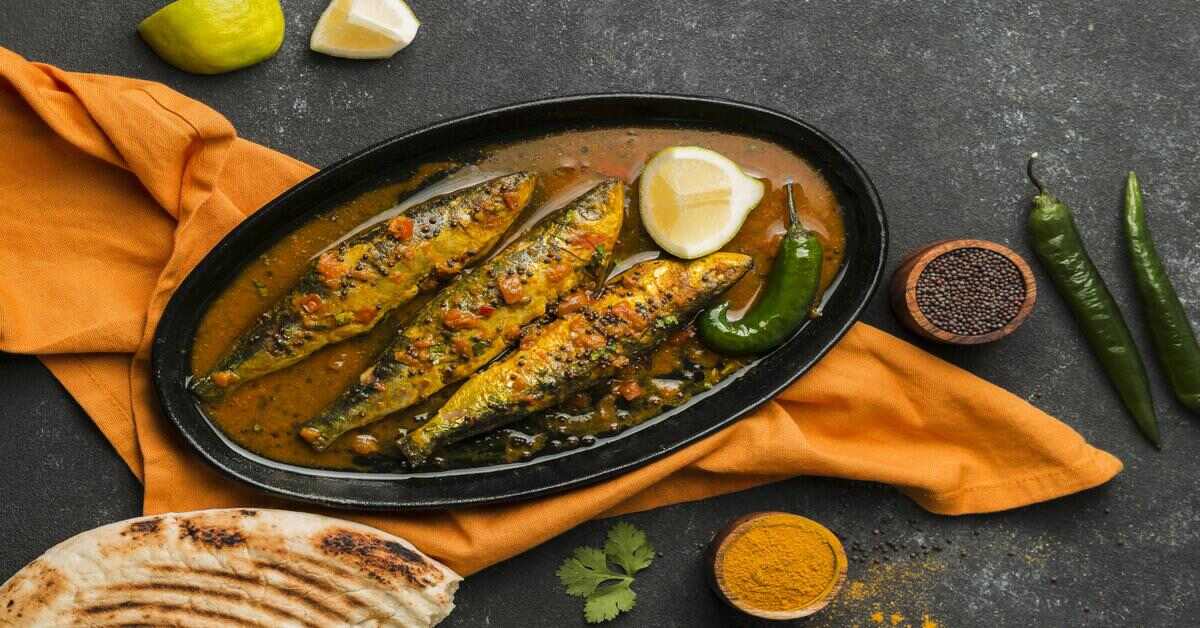
Fish Food Recipe
Ingredients
Equipment
Method
Notes
- Calories: 40
- Protein: 5 grams
- Fats: 1 gram
- Carbohydrates: 3 grams
- Vitamins and Minerals: Includes Vitamins A, E, C, B12, calcium, and iron
Frequently Asked Questions
1. Can I use raw fish in my homemade fish food?
Yes, raw fish is safe for most fish species. Just ensure it’s finely blended to prevent large chunks.
2. How often should I feed my fish homemade food?
Typically, feed fish 1-2 times daily in small portions they can consume in a few minutes.
3. Is gelatin necessary in homemade fish food?
Gelatin acts as a binder, giving the food a firm texture. While optional, it can help prevent food from disintegrating in water.
4. What other protein sources can I use?
In addition to fish and shrimp, you can use beef heart (for larger carnivorous fish), eggs, or tofu for a vegetarian option.
5. Can I make fish food without a blender?
Yes, you can finely chop all ingredients, though a blender ensures a smoother texture.
